Imagine a potential customer arriving at your beautifully designed website, eager to learn about your business. But within seconds, frustration sets in – the page is slow to load, images crawl to appear, and their excitement wanes. By the time the content appears, they’ve bounced and your chance to convert them has vanished.
In 2024, website speed optimization is no longer a luxury – it’s a business necessity. This comprehensive guide equips you with the knowledge and tools to transform your website’s speed, leaving a lasting impression on visitors and driving real business results.
Why Website Speed is Essential for Business Success
A slow website isn’t just an inconvenience; it actively compromises your bottom line and forms a part of what you must address when you do a technical SEO audit. A study by Portent found that a load time between 0-4 seconds is best for optimum conversion rate. Every additional second a user waits beyond that undermines their trust, damages your reputation, and jeopardizes your competitive edge. Let’s delve into the far-reaching consequences of neglecting website speed optimization:
- Lost Leads and Revenue: Every second of delay translates into a dramatic increase in bounce rates – those potential customers who vanish without ever engaging with your offerings. Lengthy wait times make it far less likely for users to fill out forms, explore your services, or make a purchase.
- Poor User Experience: Visitors form an impression of your brand within milliseconds of landing on your website. Lagging pages and unresponsive elements project an image of incompetence and create frustration. This undermines positive brand perception and severely hinders conversions.
- SEO Penalty: Search engines prioritize user experience. Google’s Core Web Vitals focus explicitly on loading speed, responsiveness, and visual stability. Slow websites will inevitably fall behind in search results, experience limited visibility and a shrinking pool of potential leads.
- Diminished Brand Trust: In the age of instant gratification, users are quick to judge a business based on its website’s performance. A slow experience implies your business is out of touch with technological standards, harming your brand’s credibility.
- Competitive Disadvantage: If your website is slow while competitors offer a lightning-fast experience, you’re handing them a clear advantage. Users faced with a choice will naturally gravitate toward the smoother, more responsive option.
Ready to identify the culprits slowing down your website? Keep reading.
What Limits Your Website Speed? A Web Designer’s Perspective

Pinpointing the elements within your designs that might be dragging down your website’s speed is the first step towards effective website speed optimization. Some of the most common suspects are discussed below;
- Image Overload: Beautiful, high-resolution images are essential for many websites. However, unoptimized images with excessively large file sizes are a primary culprit in slow load times. Finding the perfect balance between image quality and compression is crucial.
- Fonts Usage: While a curated selection of fonts enhances your website’s visual appeal, too many custom fonts can bog down the loading process. Each additional font requires the browser to download additional files, slowing down the overall rendering of the page.
- The Weight of Code: Inefficient CSS and HTML structures can create unnecessary bloat, increasing the amount of data the browser has to process. A streamlined approach to coding can significantly improve website speed optimization.
- Overuse of JavaScript: JavaScript delivers interactivity and dynamic elements, but overuse or improper implementation can create bottlenecks. Understanding how and when to utilize JavaScript strategically is vital for maintaining fast load times.
Website Speed Optimization Through Design Choices
Now that we understand the speed culprits, let’s explore how design choices can directly address these issues. Achieving the perfect balance of design brilliance and lightning-fast load times requires a nuanced understanding of how web design choices affect performance. Here are a few things to note;
- Mastering Images: Optimize images for your website usage. Explore advanced compression techniques, understand the nuances of different image formats (JPEG, PNG, WebP, AVIF), and discover how responsive design and lazy loading contribute to optimal image delivery across devices.
- Strategic Font Choices: We’ll delve into font subsetting (using only necessary characters), preloading key fonts for faster initial renders, and exploring variable website fonts for design flexibility and performance gains.
- JavaScript Judgment: Approach JavaScript strategically to balance visual goals with a focus on perceived performance. Start with a solid HTML/CSS foundation, layering in JavaScript for enhanced interactivity without sacrificing core functionality. If complex JavaScript interactions are essential to your design vision, utilize loading spinners or subtle progress indicators to prevent blank screens and keep users engaged while the full experience loads.
- Minimizing CSS and JavaScript: Go beyond basic minification with techniques like code splitting to deliver only the CSS/JavaScript needed for the initial page load.
- HTTP Requests and Caching: Understand how to reduce HTTP requests for a faster initial load, and how advanced caching strategies (like service workers) can enhance the experience for returning visitors.
- The Power of Hosting: We’ll discuss the impact of server speed, content delivery networks (CDNs), and the importance of choosing a hosting provider that prioritizes performance.
- Leveraging Browser Features: Explore how to utilize browser-level image optimization techniques (like the srcset and sizes attributes) and discover prefetching/preloading strategies to anticipate user actions and speed up subsequent page loads.
Monitoring and Measuring Website Speed

Implementing optimizations is only half the battle. Regularly testing and monitoring your website’s speed is crucial for maintaining optimal performance and identifying emerging issues. To do this, you must monitor your Core Web Vitals and know the basic testing tools.
Understanding Core Web Vitals
Google’s Core Web Vitals (CWV) focus on real-world user experience metrics. Learn about:
- Largest Contentful Paint (LCP): Tracks how long it takes for the largest element on the page to load.
- First Input Delay (FID): Measures how quickly your website responds to user interactions.
- Cumulative Layout Shift (CLS): Tracks the visual stability of your site, quantifying unexpected layout shifts.
Essential Speed Testing Tools for Designers
- PageSpeed Insights (https://developers.google.com/speed/pagespeed/insights/): Provides detailed reports and actionable recommendations for improving website speed.
- GTmetrix (https://gtmetrix.com/): Offers various performance metrics and visualizations, helping pinpoint areas for improvement.
- WebPageTest (https://www.webpagetest.org/): A powerful tool for advanced analysis and running tests with different browsers and locations.
Why Regular Testing Matters
- Catch Speed Regressions: Changes to your website, whether a design update or a new plugin, can introduce new bottlenecks. Regular testing helps catch these before they become major issues.
- Quantify Improvements: Seeing the tangible impact of your optimizations with before/after metrics is motivating!
- Proactive Problem Solving: Monitoring your CWV scores helps identify potential issues and allows tweaks to ensure you stay ahead in search rankings.
Get Your Free Website Speed Audit Today
The notion that beautiful websites must be slow is a myth. Not in 2024 when your website’s speed is a competitive advantage. Through thoughtful choices, intelligent optimizations, and continuous monitoring, you can ensure your website leaves a lasting impression with faster load times and enhanced user experience.
Ready to transform your website and propel your business forward? Schedule a free website speed audit and optimization strategy session today! Together, we’ll audit your website, identify speed bottlenecks, and develop a customized optimization plan that delivers tangible results.
Remember, investing in website speed optimization is an investment in the long-term success of your business.





